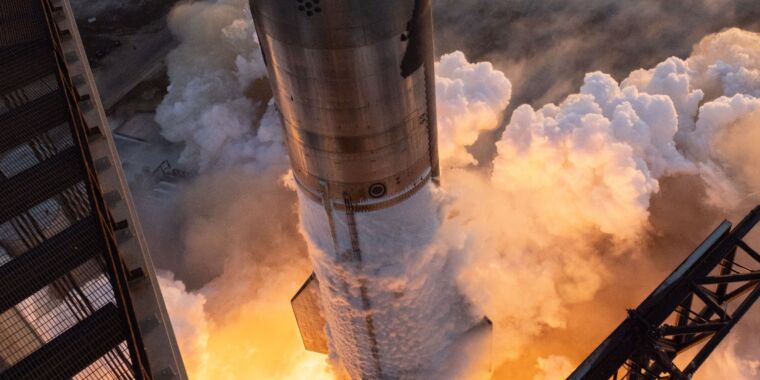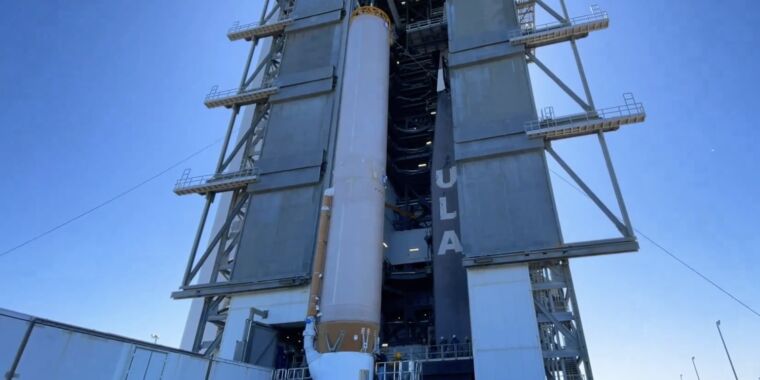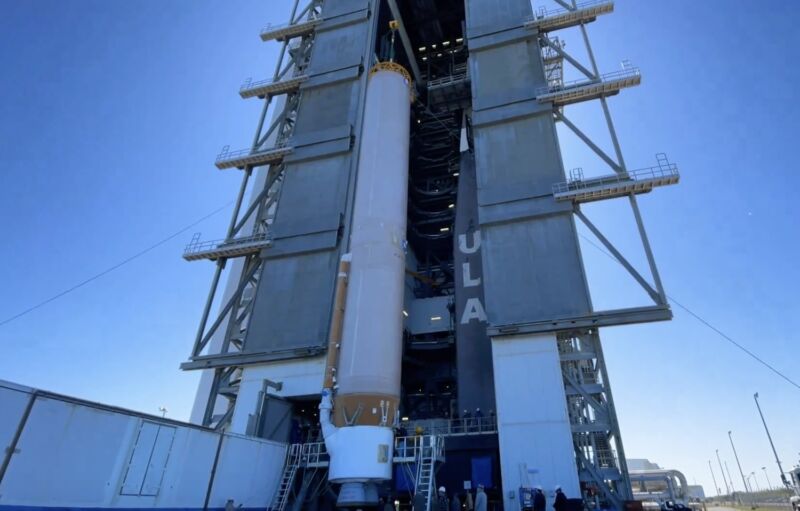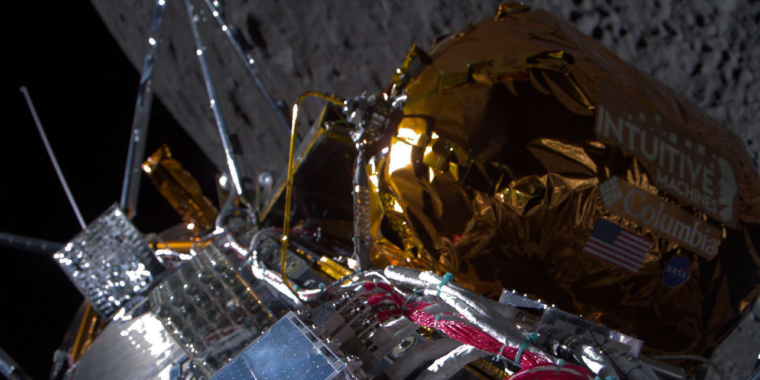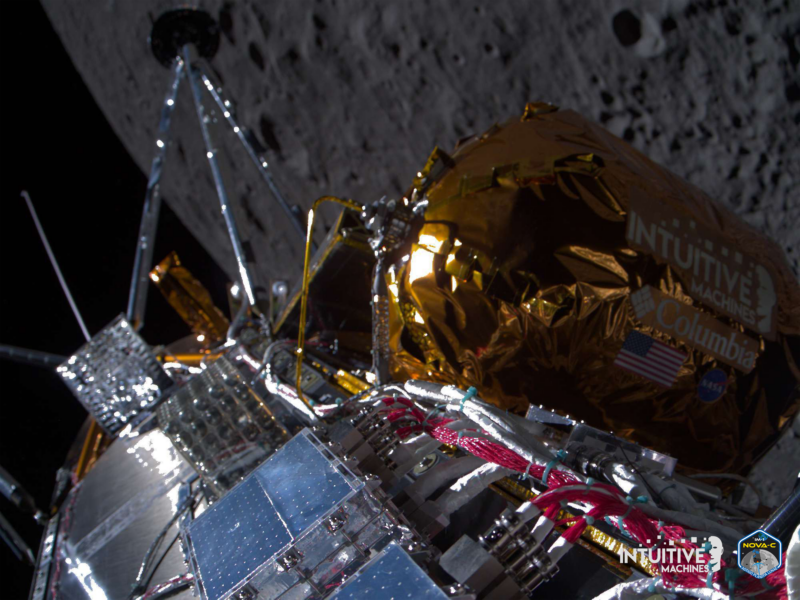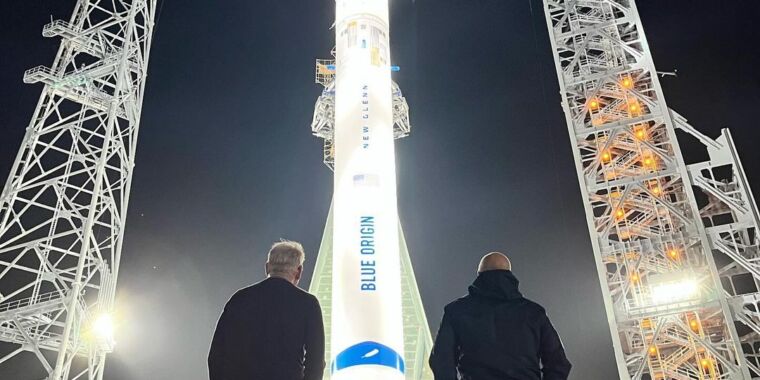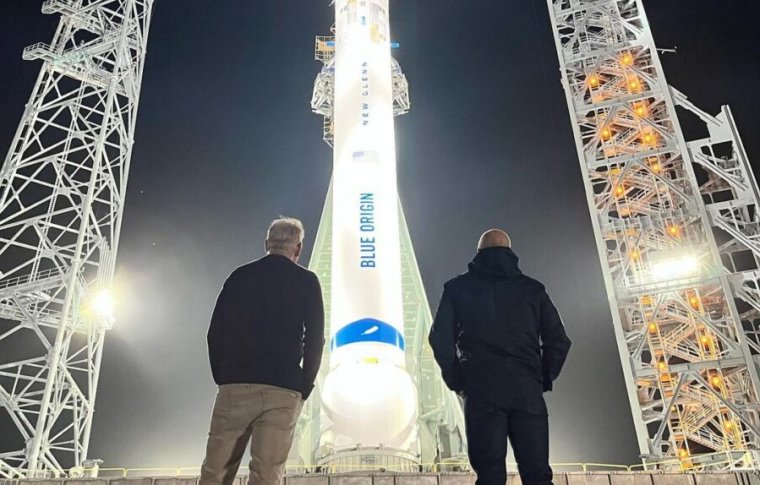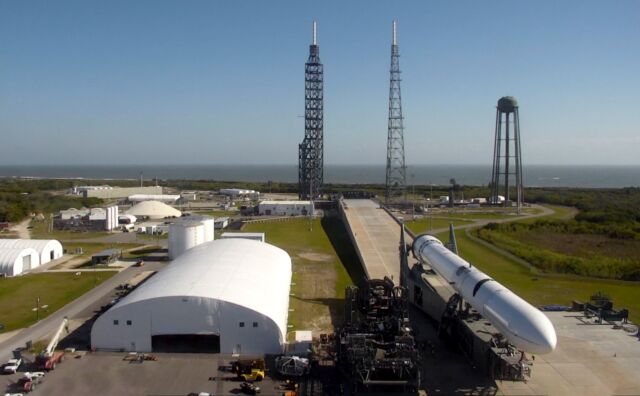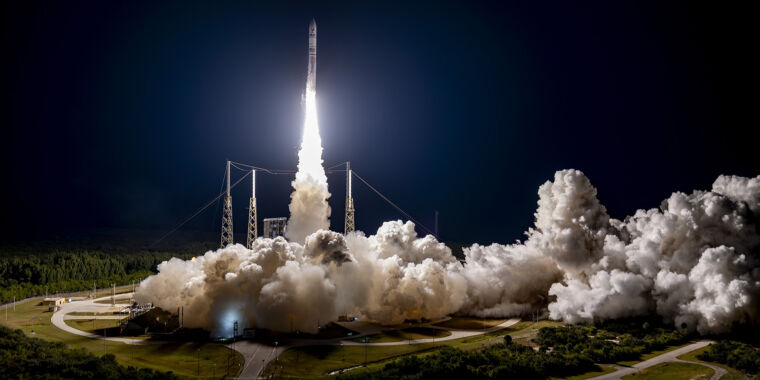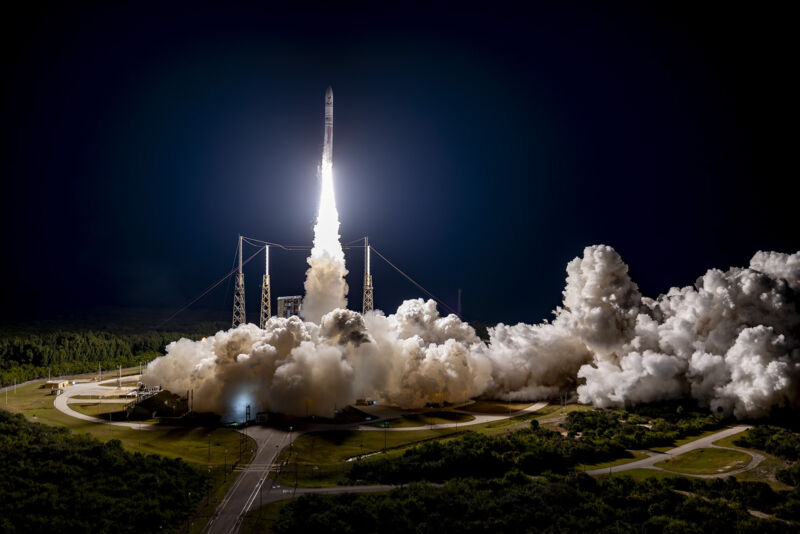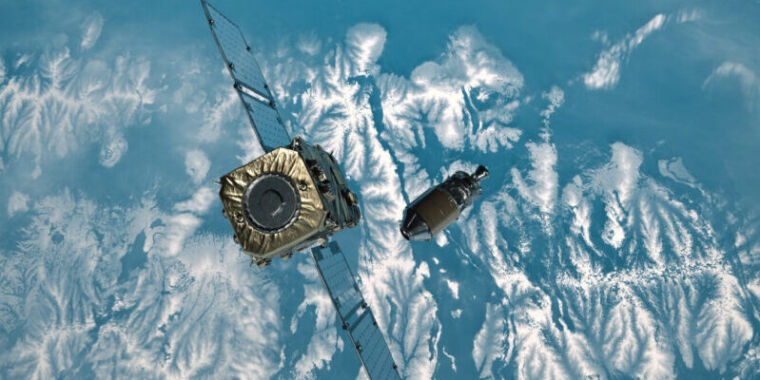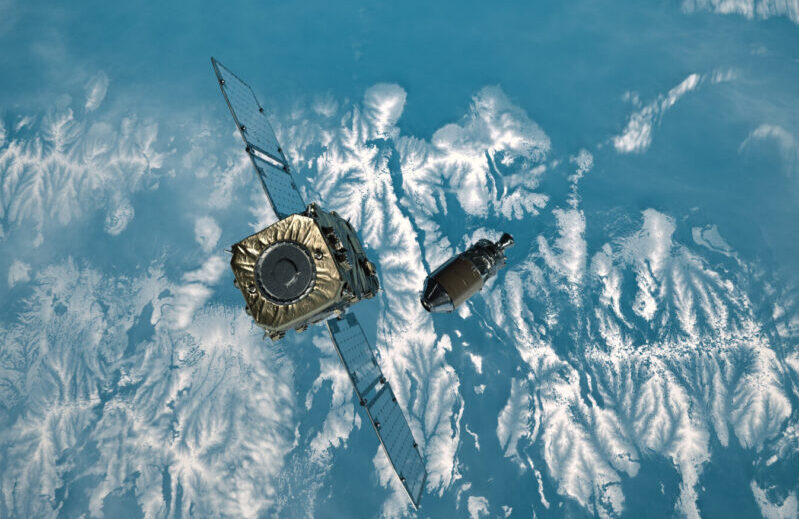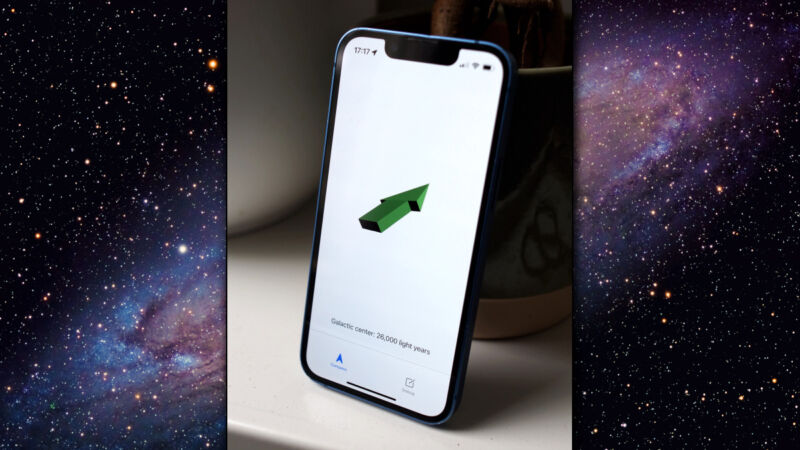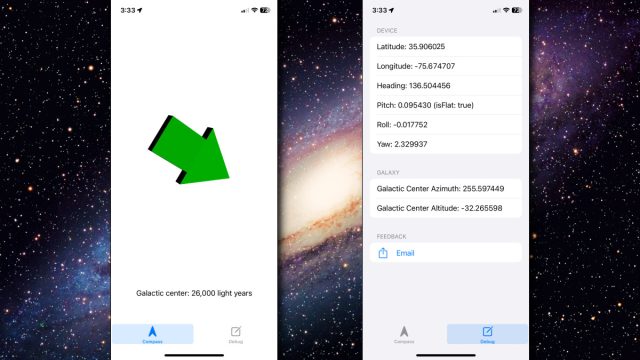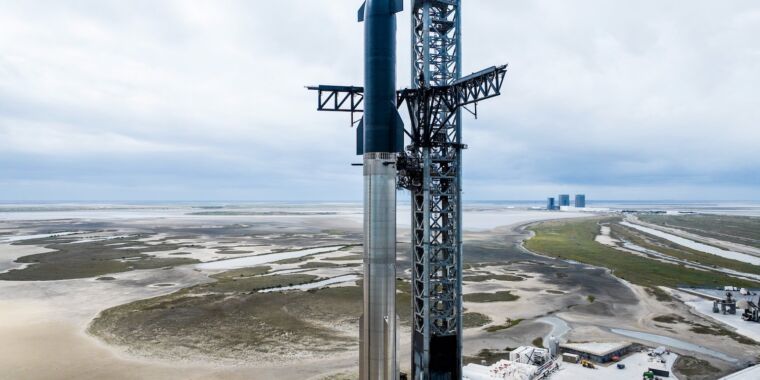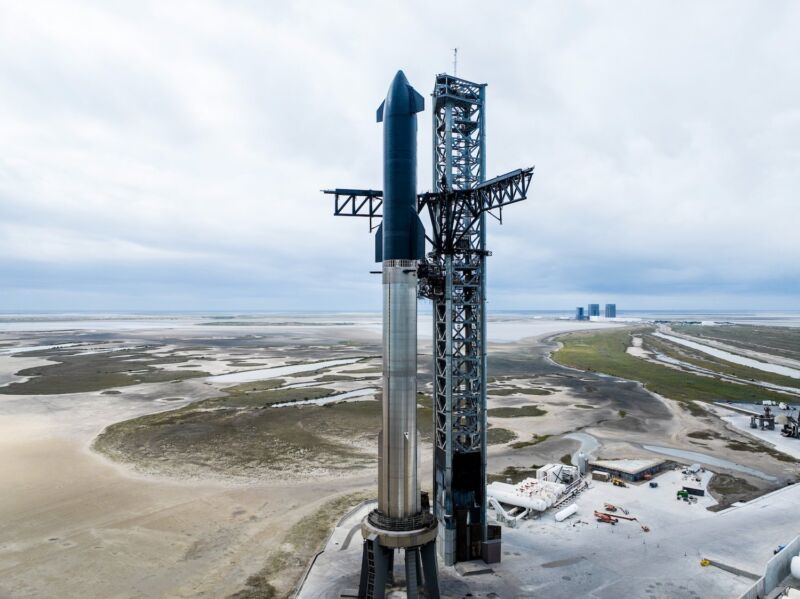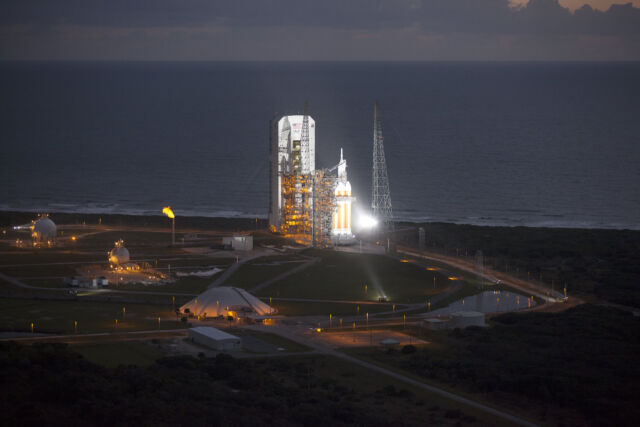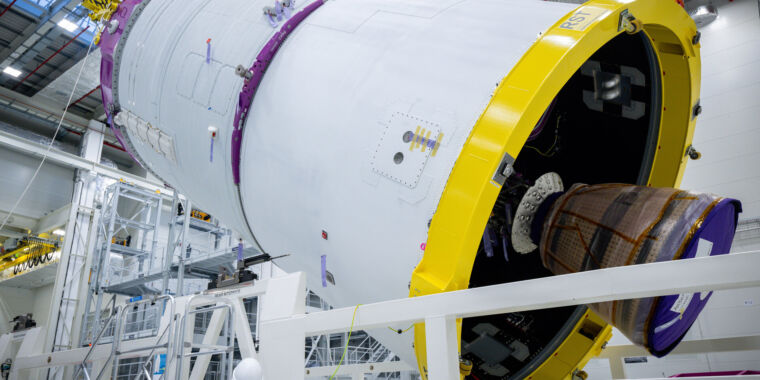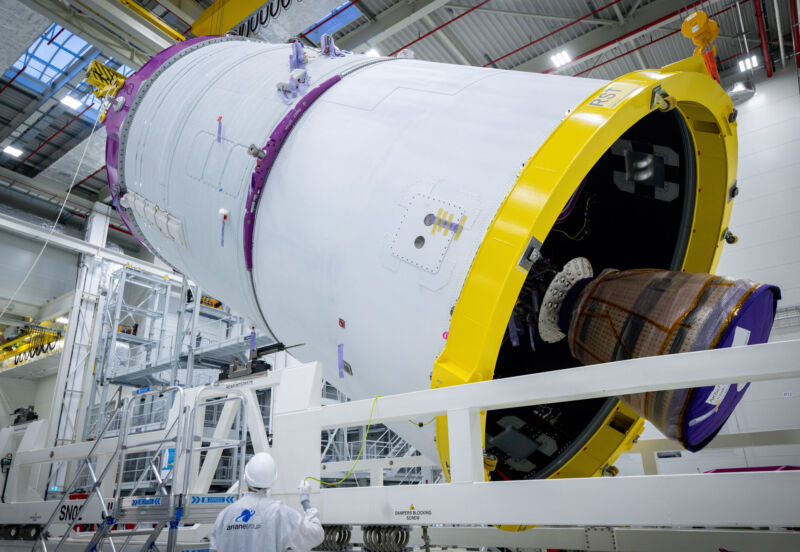SpaceX discloses cause of Starship anomalies as it clears an FAA hurdle

Enlarge / Starship launches on its second flight on November 18, 2023.
SpaceX
A little more than three months after the most recent launch of a Starship vehicle, which ended with both the booster and upper stage being lost in flight, the Federal Aviation Administration has closed its investigation of the mishap.
“SpaceX identified, and the FAA accepts, the root causes and 17 corrective actions documented in SpaceX’s mishap report,” the federal agency said in a statement issued Monday. “Prior to the next launch, SpaceX must implement all corrective actions and receive a license modification from the FAA that addresses all safety, environmental and other applicable regulatory requirements.”
SpaceX must still submit additional information to the FAA, which is responsible for the safety of people and property on the ground, before the agency completes its review of an application to launch Starship for a third time. The administrator for Commercial Space Transportation at the Federal Aviation Administration, Kelvin Coleman, said last week that early to mid-March is a reasonable timeline for the regulatory process to conclude.
A launch attempt is likely to follow soon after.
What went wrong
In conjunction with Monday’s announcement, SpaceX released details for the first time of what happened to cause the November 18 launch to go awry.
In this update, SpaceX noted that the Super Heavy first stage of the rocket performed nominally, with all 33 Raptor engines on this massive rocket igniting successfully. The booster then performed a full-duration burn to reach stage separation. At this point, the upper stage executed a successful “hot staging” maneuver in which the Starship stage separated from the booster while some of the booster’s engines were still firing.
For the Super Heavy booster, the next step was to perform a series of burns to make a soft landing in the Gulf of Mexico. As part of the initial burn, 13 of the rocket’s engines were intended to fire.
“During this burn, several engines began shutting down before one engine failed energetically, quickly cascading to a rapid unscheduled disassembly of the booster,” SpaceX said. “The vehicle breakup occurred more than three and a half minutes into the flight at an altitude of ~90 km over the Gulf of Mexico.”
The problem was subsequently linked to a problem with supplying liquid oxygen to the Raptor engines.
“The most likely root cause for the booster RUD was determined to be filter blockage where liquid oxygen is supplied to the engines, leading to a loss of inlet pressure in engine oxidizer turbopumps that eventually resulted in one engine failing in a way that resulted in loss of the vehicle,” the company stated. “SpaceX has since implemented hardware changes inside future booster oxidizer tanks to improve propellant filtration capabilities and refined operations to increase reliability.”
Starship vents
As Super Heavy was experiencing these problems, the six Raptor engines on the Starship upper stage were burning nominally and pushing the vehicle along a flight path intended to take it nearly two-thirds of the way around Earth before splashing down near Hawaii. However, at about seven minutes after liftoff, a large vent of liquid oxygen occurred. There was excess liquid oxygen on the vehicle, SpaceX said, to gather data representative of future payload deployment missions. It needed to be released before Starship splashed down.
“A leak in the aft section of the spacecraft that developed when the liquid oxygen vent was initiated resulted in a combustion event and subsequent fires that led to a loss of communication between the spacecraft’s flight computers,” the company said. “This resulted in a commanded shut down of all six engines prior to completion of the ascent burn, followed by the Autonomous Flight Safety System detecting a mission rule violation and activating the flight termination system, leading to vehicle breakup.”
At the time, the vehicle had reached an altitude of 150 km, well into outer space, and had achieved a velocity of about 24,000 km/h. This is just short of orbital velocity, which is 28,000 km/h.
In its statement, SpaceX said it was implementing changes to the Super Heavy and Starship stages to account for these issues. The company is also seeking to improve the overall performance of Starship, with the addition of a new electronic Thrust Vector Control system for Starship’s upper-stage Raptor engines and more rapid propellant loading operations prior to launch.
SpaceX has four Starships in complete, or nearly complete, build stages. Should the next flight go smoothly, the company could begin to launch the world’s largest rocket on a more frequent basis.
SpaceX discloses cause of Starship anomalies as it clears an FAA hurdle Read More »
